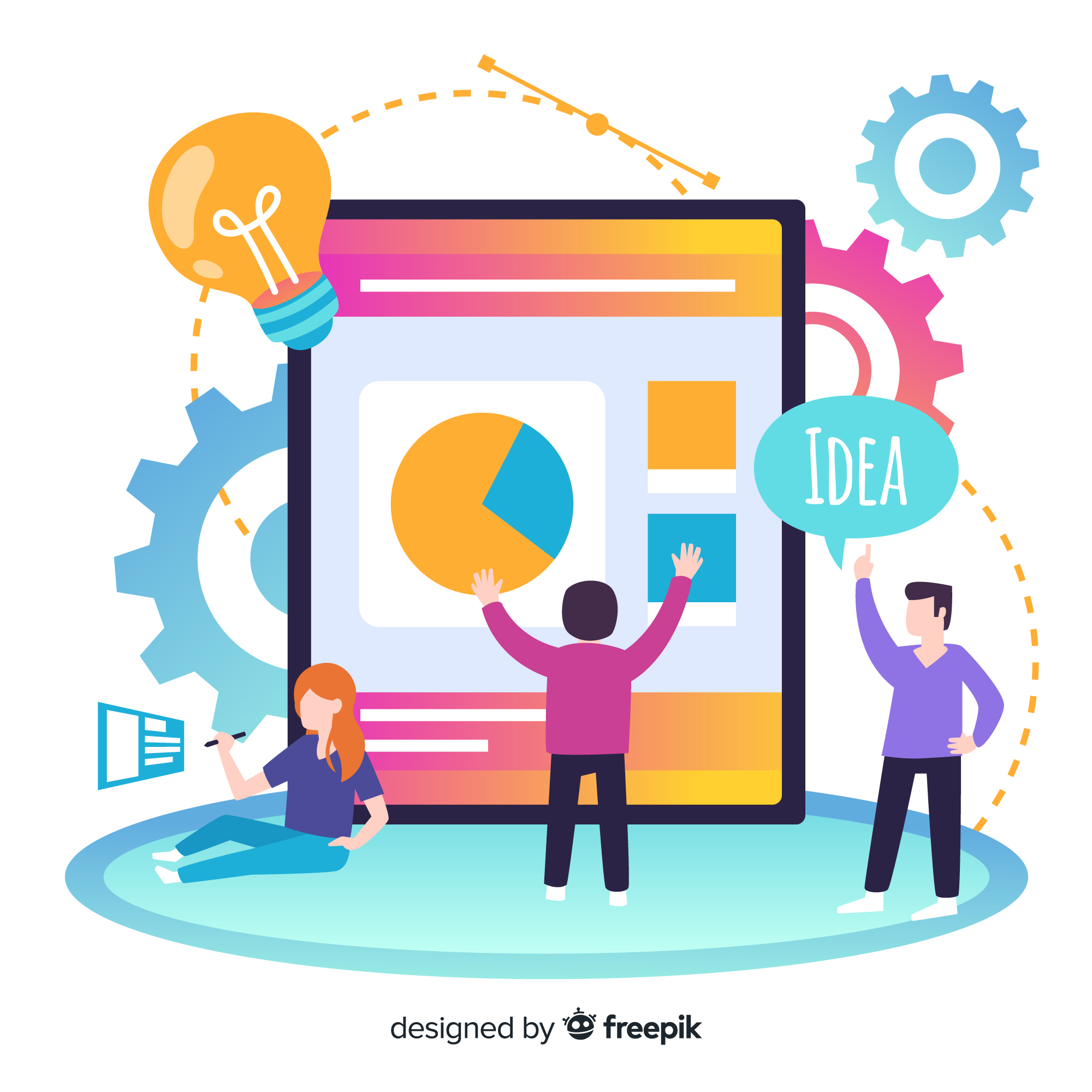


In the rapidly evolving landscape of technology, the internet has been the cornerstone of global connectivity, transforming the way we communicate, work, and live. As we stand at the cusp of a new era, the concept of the "Next Generation Web" (NGW) has emerged as a beacon of innovation and progress. This paradigm shift promises to redefine our online experience, pushing the boundaries of what we thought was possible. Collaborating with a leading web development company can play a crucial role in realizing the full potential of the Next Generation Web. Let's delve into the key aspects that characterize the Next Generation Web and explore the exciting future it holds.
The first pillar of the Next Generation Web is decentralization. Web 3.0 marks a departure from the centralized models that dominate the current internet infrastructure. Instead of relying on a few powerful entities to control and manage data, Web 3.0 envisions a decentralized internet where users have greater control over their digital identities and assets.
Blockchain technology, with its secure and transparent nature, plays a pivotal role in decentralizing the web. Smart contracts enable trustless transactions, and decentralized applications (DApps) empower users by eliminating the need for intermediaries. This shift not only enhances security but also promotes inclusivity, giving individuals greater autonomy over their online presence.
The Next Generation Web is all about breaking down silos and fostering seamless interoperability. As we move forward, users should be able to navigate effortlessly across different platforms and applications, without facing the current fragmentation. Interoperable systems ensure that data and services can seamlessly integrate and communicate, providing users with a cohesive and integrated online experience.
This concept transcends traditional borders, enabling data and functionality to flow seamlessly between different services and applications. The interoperable web is not limited to browsers; it extends to various devices, creating a connected ecosystem that adapts to the user's needs and preferences.
The Next Generation Web aims to make the user experience more intuitive, personalized, and efficient. Artificial Intelligence (AI) plays a central role in achieving this goal. Machine learning algorithms analyze user behavior, preferences, and patterns, allowing platforms to tailor content and services to individual needs.
From intelligent chatbots providing real-time assistance to personalized content recommendations, AI-driven enhancements will make the web a more user-centric space. This level of personalization not only improves user satisfaction but also streamlines interactions, making the web more efficient and enjoyable. If you're intrigued by the transformative power of AI and wondering how to begin a career in AI, exploring educational resources, online courses, and hands-on projects is a great first step.
The Next Generation Web embraces immersive technologies to redefine the way we engage with online content. Augmented Reality (AR) and Virtual Reality (VR) are no longer confined to gaming; they are becoming integral components of the web experience. From virtual meetings to interactive shopping experiences, these technologies enhance engagement and blur the lines between the physical and digital worlds.
Immersive technologies offer new possibilities for education, training, and entertainment, creating a more dynamic and interactive web. As bandwidth and hardware capabilities continue to advance, the Next Generation Web will provide increasingly realistic and immersive experiences.
In the Next Generation Web, privacy and security take center stage. As cyber threats become more sophisticated, protecting user data and digital identities is of paramount importance. New cryptographic techniques and privacy-preserving technologies ensure that users can navigate the web with confidence, knowing that their information is secure.
Zero-knowledge proofs, decentralized identity solutions, and advanced encryption algorithms are just a few examples of the tools that will fortify the Next Generation Web against cyber threats. By prioritizing privacy and security, this new era of the internet seeks to restore trust in online interactions.
The Next Generation Web represents a paradigm shift that transcends technological evolution; it's a revolution in the way we perceive and interact with the online world. Decentralization, interoperability, enhanced user experiences, immersive technologies, and heightened privacy and security are the cornerstones of this transformative vision.
As we embrace the Next Generation Web, we open doors to unprecedented possibilities. The internet, once a static landscape, is now a dynamic and evolving ecosystem that adapts to the needs and desires of its users. This exciting journey into the future promises a web that is not just a tool but a living, breathing entity that reflects the diversity and innovation of the global community. The Next Generation Web is not a destination; it's an ongoing evolution, and we are all integral parts of this transformative journey into the digital frontier.
